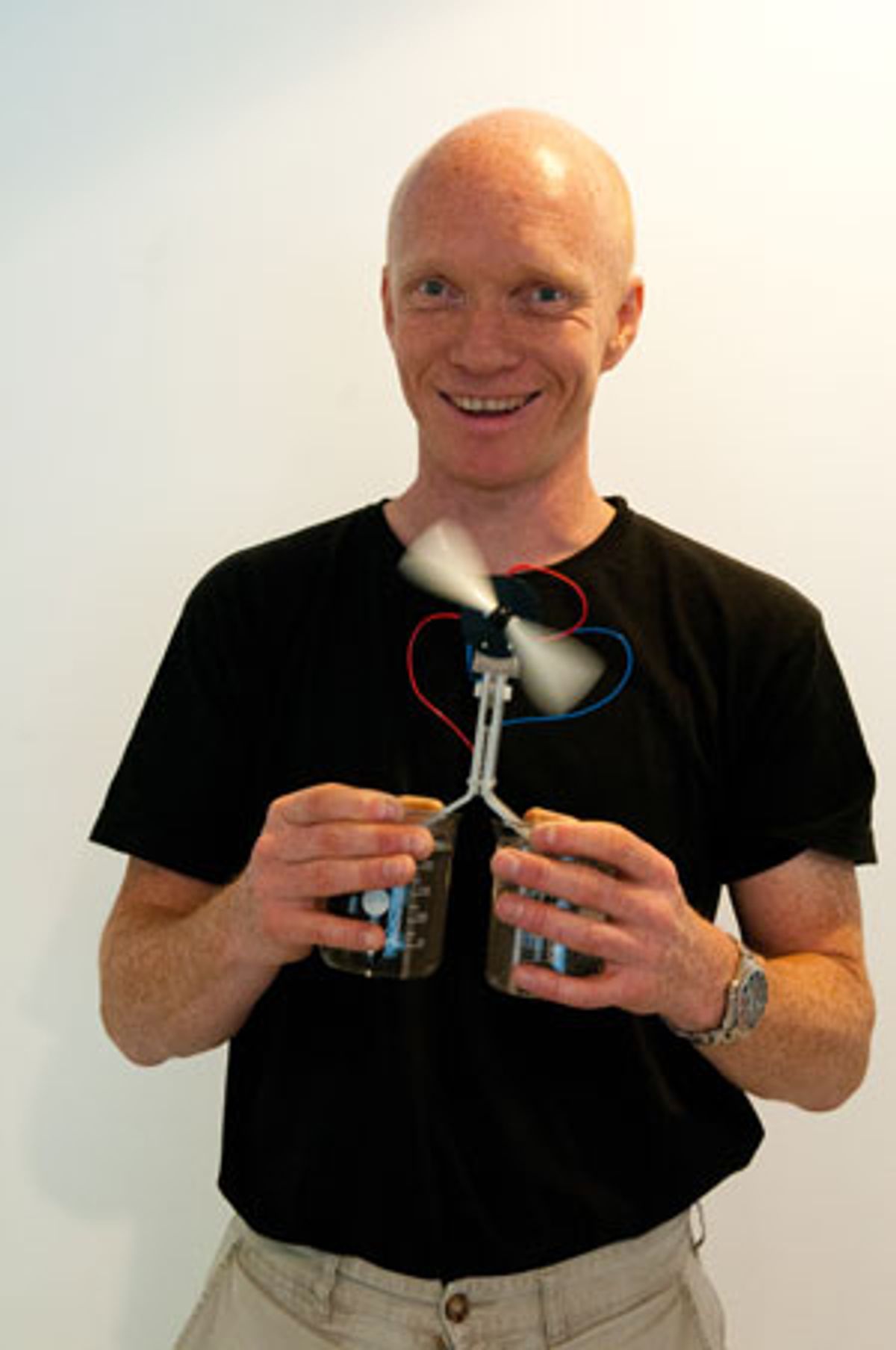After yesterday’s post in which once again I tried pulling someone back down to earth from the nanotechnology/photovoltaic ethereal heights, I am pleased to blog on research that proves once again that when it comes to nanotech and energy, it’s the mundane that’s interesting.
Thermoelectric materials have been a tantalizing possibility for exploiting all the energy that is lost in waste heat. With their ability to generate an electrical charge simply from temperature differences, it boggles the imagination how much electricity could be generated with these materials.
Researchers at the University of Oslo in Norway cooperation with SINTEF (the Foundation for Scientific and Industrial Research at the Norwegian Institute of Technology) are looking towards nanotechnology to provide an environmentally friendly and more efficient method to produce thermoelectric materials to generate electricity.
The thermoelectric materials that are currently in use employ the elements Lead and Tellurium, but both of which are toxic. In addition to being toxic, the thermoelectric materials are only able to recover 10% of the energy that is loss as waste heat.
"I think we will manage to solve this problem with nanotechnology. The technology is simple and flexible and is almost too good to be true. In the long run, the technology can utilise all heat sources, such as solar energy and geothermal energy. The only limits are in our imagination," Løvvik is quoted as saying in the research magazine Apollon at the University of Oslo.
First applications for their solution have already been targeted at automobiles and the researchers are already in discussion with the US car manufacturer General Motors on the technology.
"Modern cars need a lot of electricity. By covering the exhaust system with thermoelectric plates, the heat from the exhaust system can increase the car's efficiency by almost ten per cent at a single stroke,” says Løvvik. “If we succeed, this will be a revolution in the modern automotive industry."
The researchers’ method for balancing between the need for thermoelectric materials to have both high thermal resistance and high current flow is to grind down semi-conductor materials into nano-sized particles by freezing them to minus196 degrees. After breaking the semi-conductor material into nanoparticles they are glued back together, which results in a material that can reflect the heat waves but not reflect the current.
Dexter Johnson is a contributing editor at IEEE Spectrum, with a focus on nanotechnology.




